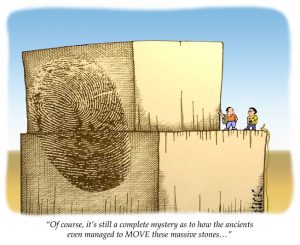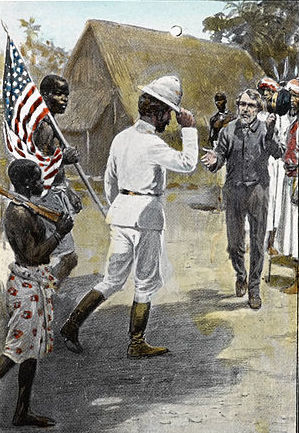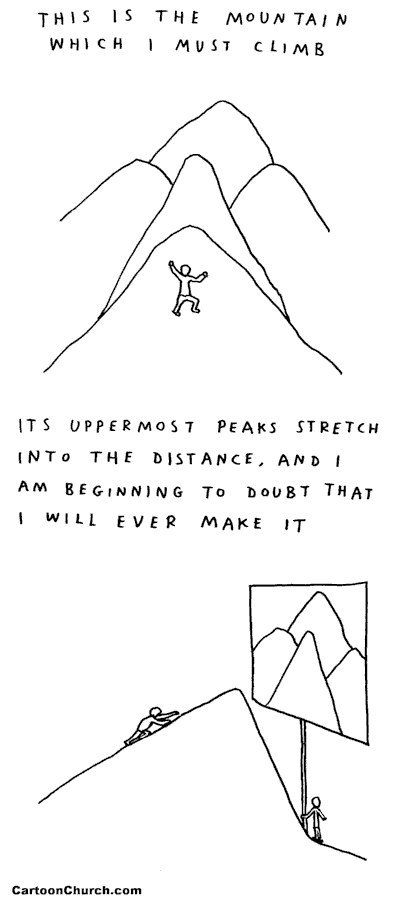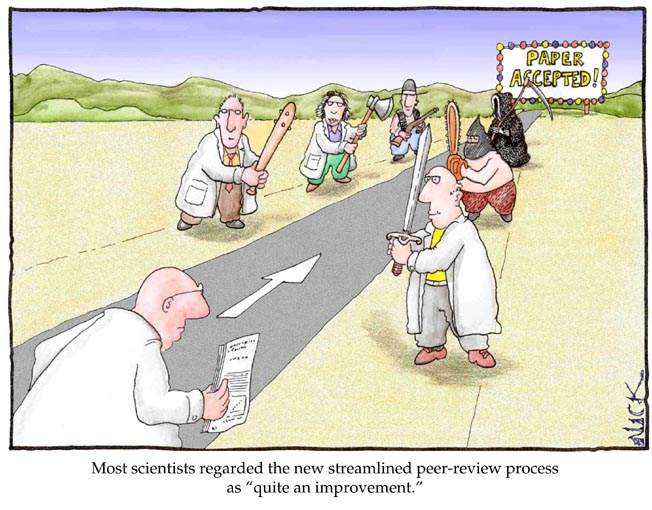Getting a grant application rejected has three things in common with other rejections.
- Rejection is slightly less painful if you have other applications still being considered.
- Regardless of how painful it is, rejection is an important learning opportunity.
- Regardless of the pain and the learning, you need to make sensible decisions about whether, and how, to try again.
I know – believe me I really know – that getting grant applications rejected is painful. In my experience the combination of pain and humiliation can make it impossible to think analytically about the application for weeks or months. However, unless your desire to do research is completely extinguished, sooner or later you have to come back. When you do, it’s really important to learn as much as you can from the rejection and use it to plan the best way ahead.
If you are still consumed with the pain of rejection, you might want to bookmark this page and come back when you feel able to be analytical. However there are three practical reasons you might want to work through the pain and deal analytically with the rejection now.
- Dealing constructively with a rejection helps to draw a line under it and resolve the pain.
- The sooner you start, the better will be the outcome for two reasons.
- You will do a better job on the analysis if you do it while your memory is fresh.
- Any plans you develop as a result of the analysis are more likely to be successful if you can implement them before they go out of date.
- The more times you deal with rejection, the easier and the quicker it gets. I can remember once (admittedly it was about my 20th rejection) I was able to deal with it in less than a day, rewrite the grant in under 3 weeks and get it fully funded.
If you have got this far I am assuming you want to be analytical. There are four separate steps.
- Work out why your grant application was rejected.
- Work out how you could have made it stronger.
- Salvage useful components.
- Get back on the horse.
I’ll deal with the first two in this post and the other two next week.
Work out why it was rejected
Usually the reviews you get back will say lots of good things and it can be hard to understand why an application with so much going for it could have been rejected. Rejections usually boil down to:-
- the committee thought the research question wasn’t important enough or
- the committee couldn’t see how the project would answer the question.
There are three things you should consider here.
- It only takes one hole to sink an otherwise perfect boat. It might make it easier to find the hole if you filter out the negative comments and look at them separately.
- In most cases the committee discussion is more important than the referees reports but the description of their discussion is likely to be both short and vague. So the hole in the boat my not be very well defined.
- Funding rates are falling and sometimes perfect grants, grants that propose well-designed projects that will answer important questions, don’t get funded because there just isn’t enough money.
Don’t be too eager to assume that your grant was perfect. If the funding rate was 30% or better then it’s very unlikely. In fact, most grants that get funded could be improved significantly.
Work out how you could have made it stronger
Regardless of why your grant application was rejected, you should look to see whether it could have been improved. This is particularly important if the reason for rejection is not apparent from the comments: a badly written grant simply fails to convince the reader – the reader may not know why.
You should look separately at four elements:- the description of the project, the background, the introduction, and the summary. As a rough guide you should be clear on the following questions:-
Description of the project
- Is it clear what you will do?
- Have you explained the steps that will take you from starting research to having a set of findings that are written up and disseminated?
- Is the project divided into three or four (i.e. more than two and fewer than five) phases?
- Is it clear what will be discovered by each phase of the project?
Background to the Project
- Have you given a good reason why you should do your project? Have you linked it to an important question?
- Is your link direct (your project will completely anser the question) or indirect (your project will take some important steps towards an answer to the question)?
- Has the funder stated explicitly or implicitly that this question is important? This is probably worth a whole post. I’ll get around to it.
- Have you linked the question clearly to each phase of your project by showing that we need to know what each phase of the project will discover?
- Do other authors agree with your specific ‘we need to know’ statements or are they individual to you?
- Have you cited publications that demonstrate that your team are competent to produce new discoveries in this area?
- Have you overstated your contribution to the field?
- Could other people think this area is a backwater rather than a niche?
Introduction
- Does the introduction make all the statements listed in the ‘key sentences‘?
- Does the introduction state every thing that ‘we need to know’.
- Does the introduction state every thing that the project will discover?
- Are these statements in the introduction clearly the same as the statements that begin the corresponding sub-sections of the background and the description of the project? They should be recognisably the same statements although they don’t have to be exact copies.
Summary (I mean the summary of the Grant Application)
The summaries of most successful grant applications are appallingly bad. You can see this if you look for the details of successful proposals from the UK research councils or from the European Research Council. However, a good summary helps the funding agency to choose more appropriate referees and it helps the referees and the committee members to understand the research. You should check the following:-
- Does the summary make all the statements listed in the ‘key sentences‘?
- Does the summary state every thing that ‘we need to know’.
- Does the summary state every thing that the project will discover?
- Are these statements in the summary clearly the same as those in the introduction? They should be recognisably stating the same thing although they don’t have to be exact copies.
What Next?
It’s very likely that these two exercises will give you a clearer sense of how you could have given your application a better chance. Next week I will discuss what raw material you can take from a rejected grant application and how to turn it into the basis of future success.








